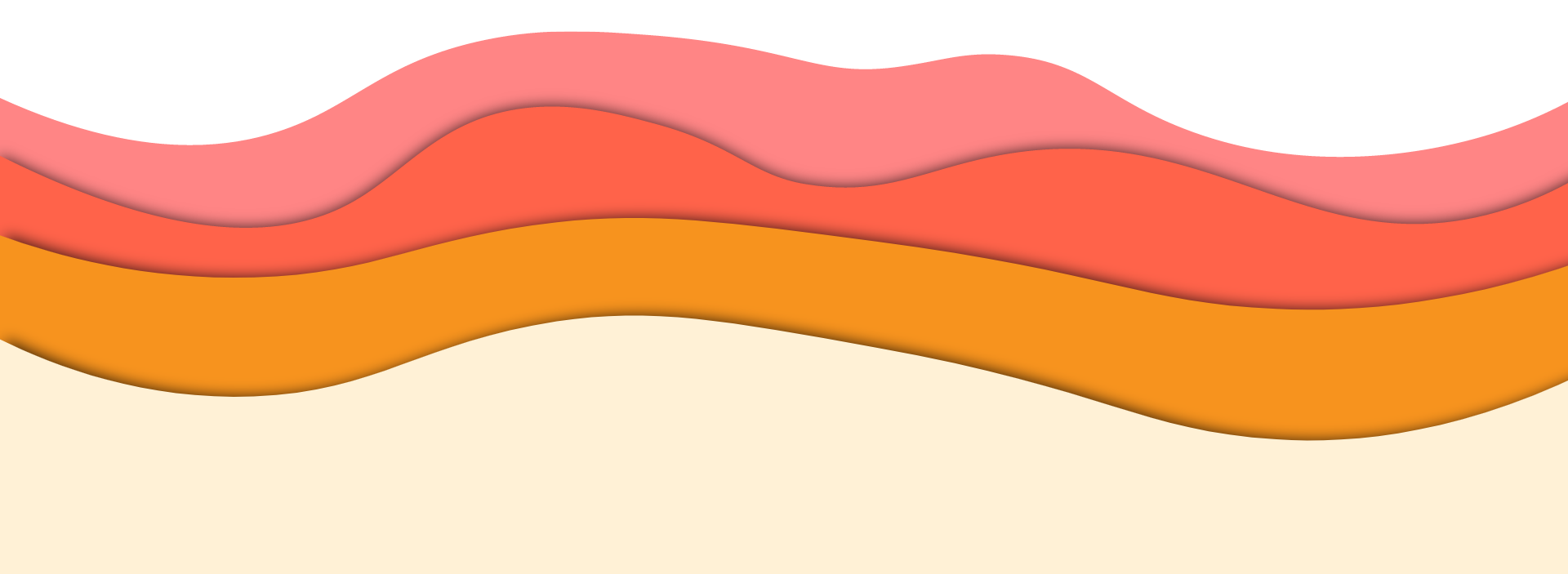An Overview of the Major Blood Vessels: The Pulmonary Arteries
The pulmonary arteries are critical components of the cardiovascular system, responsible for transporting deoxygenated blood from the right ventricle of the heart to the lungs for oxygenation.
This page provides an in-depth overview of the pulmonary arteries, their definition, the seriousness and types of conditions affecting them, symptoms, causes, treatments, the role of heart scans in diagnosis, and the importance of seeking care from a professional cardiac clinic.
Blood Vessels: The Pulmonary Arteries
The pulmonary arteries originate from the right ventricle of the heart, consisting of the main pulmonary artery, which bifurcates into the left and right pulmonary arteries.
The main pulmonary artery arises from the pulmonary valve, splitting into the left and right pulmonary arteries at the pulmonary trunk, responsible for transporting deoxygenated blood to the respective lungs.
How serious are Pulmonary Artery Conditions?
Conditions affecting the pulmonary arteries can be severe and life-threatening. The most significant conditions include:
- Pulmonary Arterial Hypertension (PAH): A type of high blood pressure that affects the arteries in the lungs and the right side of the heart. PAH can lead to right heart failure if left untreated.
- Pulmonary Embolism: A blockage in one of the pulmonary arteries, usually due to blood clots that travel to the lungs from the legs (deep vein thrombosis).
- Enlarged Pulmonary Artery: Also known as pulmonary artery dilation, this can be due to various causes, including PAH, congenital heart disease, or chronic lung disease.
Symptoms
The symptoms of pulmonary artery conditions can vary, but common symptoms include:
- Shortness of Breath: Especially during physical activity.
- Fatigue: Due to reduced oxygen delivery to tissues.
- Chest Pain: Particularly in PAH, where the heart has to work harder.
- Palpitations: Irregular heartbeats due to increased cardiac workload.
- Dizziness or Fainting: Due to inadequate blood flow and oxygen delivery.
- Swelling in the Ankles or Abdomen: Indicating right heart failure.
Causes
The causes of pulmonary artery conditions are diverse and include:
- Pulmonary Arterial Hypertension (PAH): Causes can be idiopathic (unknown), genetic, or secondary to other conditions such as connective tissue diseases, congenital heart diseases, chronic liver disease, or HIV infection.
- Pulmonary Embolism: Typically caused by blood clots originating from the legs or other parts of the body that travel to the lungs.
- Enlarged Pulmonary Artery: This can result from long-standing PAH, congenital heart defects, or chronic lung diseases like chronic obstructive pulmonary disease (COPD).
Treatments
Treatment for pulmonary artery conditions varies based on the specific issue:
- Pulmonary Arterial Hypertension (PAH):
- Medications: Include endothelin receptor antagonists, phosphodiesterase-5 inhibitors, and prostacyclin analogues to relax and widen the pulmonary arteries.
- Lifestyle Changes: Such as low-sodium diets and regular, moderate exercise.
- Oxygen Therapy: To improve oxygen levels in the blood.
- Surgical Options: In severe cases, lung or heart-lung transplantation may be considered.
- Pulmonary Embolism:
- Anticoagulation Therapy: Blood thinners like heparin and warfarin to prevent new clots from forming.
- Thrombolytic Therapy: Clot-dissolving medications for severe cases.
- Surgical or Catheter-Based Procedures: To remove the clot in emergency situations.
- Enlarged Pulmonary Artery:
- Managing Underlying Conditions: Such as treating PAH or chronic lung diseases.
- Regular Monitoring: Through imaging tests to track changes in the artery size.
The role of heart scans in identifying pulmonary artery issues
Heart scans are essential for diagnosing pulmonary artery conditions:
- Echocardiogram: Uses sound waves to create images of the heart and can assess the size and function of the pulmonary arteries and right ventricle.
- CT Pulmonary Angiography: Provides detailed images of the pulmonary arteries to detect blockages or other abnormalities.
- MRI: Offers high-resolution images and is particularly useful for detailed assessment of the heart and pulmonary vessels.
- Right Heart Catheterization: A procedure that measures pressures within the pulmonary arteries and right side of the heart, essential for diagnosing PAH.
The importance of trusting an expert Cardiac Clinic
Seeking care from a professional cardiac clinic is crucial for managing pulmonary artery conditions effectively. The benefits include:
- Expertise: Cardiologists and pulmonologists with specialised knowledge and experience in diagnosing and treating complex pulmonary artery conditions.
- Advanced Diagnostic Tools: Access to state-of-the-art imaging technologies and diagnostic equipment ensures accurate assessments.
- Comprehensive Care: Multidisciplinary teams provide holistic care, addressing all aspects of a patient’s health and condition.
- Personalised Treatment Plans: Tailored to individual needs, ensuring the best possible outcomes.
- Ongoing Monitoring and Follow-up: Regular check-ups and monitoring to detect any recurrence or complications early, providing timely interventions.
- Patient Education and Support: Ensuring patients understand their condition, treatment options, and lifestyle changes needed to manage their health effectively.
For more information on our services, contact our helpful and friendly team today, or alternatively, you can book an appointment at one of our specialist clinics online now.
Conclusion
The pulmonary arteries play a vital role in the cardiovascular system, transporting deoxygenated blood from the heart to the lungs for oxygenation. Conditions such as pulmonary arterial hypertension, pulmonary embolism, and enlarged pulmonary artery can be serious and require prompt diagnosis and treatment. Symptoms can include shortness of breath, fatigue, chest pain, and swelling in the lower extremities.
Heart scans and other imaging techniques are crucial for accurately diagnosing these conditions and guiding treatment decisions. Trusting a professional cardiac clinic ensures that patients receive expert care, benefiting from specialised knowledge, advanced technology, comprehensive care, and personalised treatment plans. By seeking care from specialist professionals, patients can achieve better health outcomes and effectively manage the risks associated with pulmonary artery conditions.

